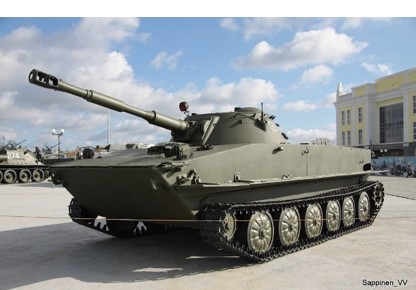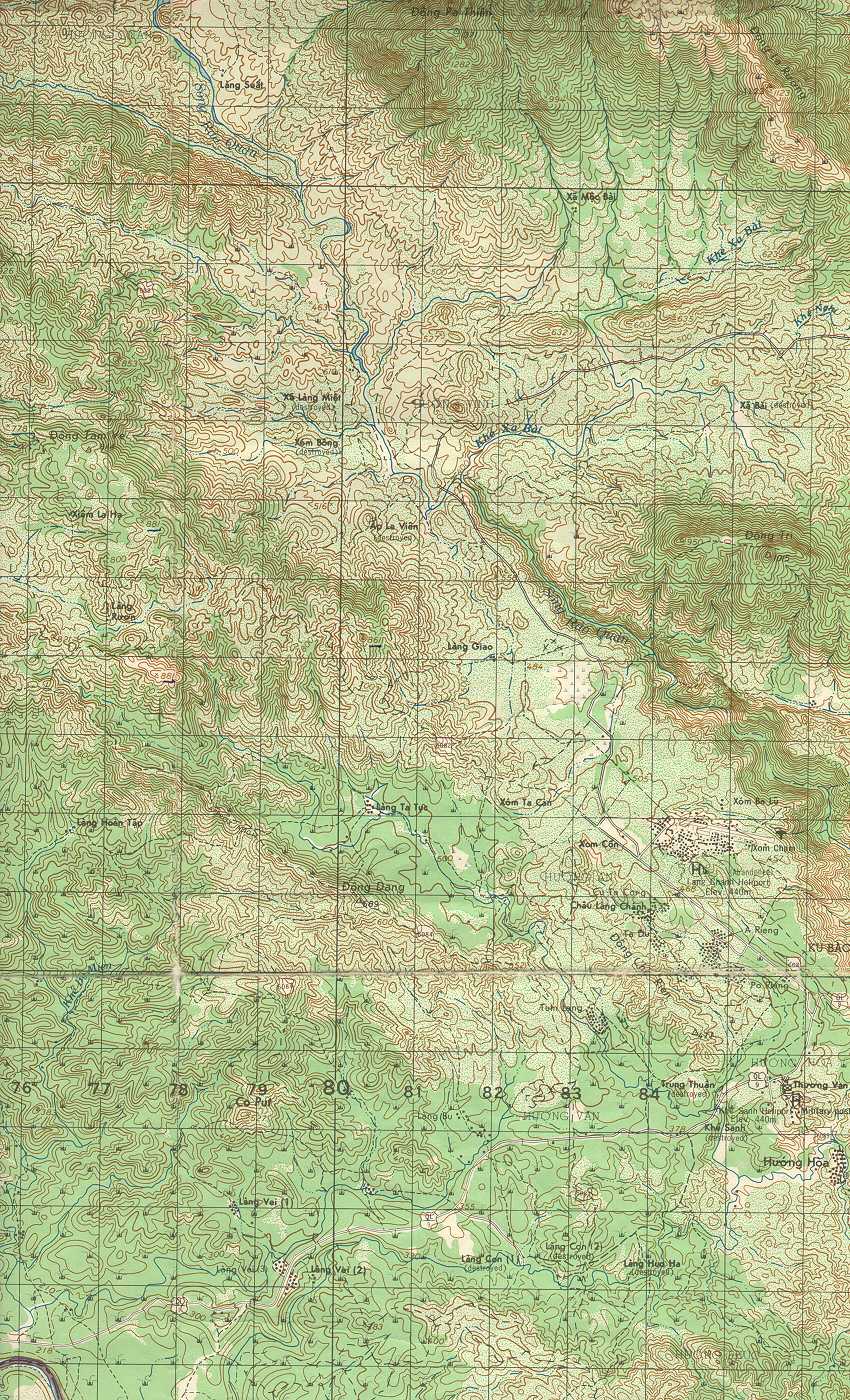Behind the smoke screen?
President Trump’s tweets and what seem to be off the cuff remarks are providing a perfect smoke screen for the media that want to focus on what they think is outlandish rather than do good journalism and find out what is happening behind the smoke screen.
Behind the smoke screen and the bluster and the magician act that the President is using to focus attention there seems to be a lot going on. Hate for Trump, which the President thrives on, is allowing strategic activity that would remind one of the Kissinger days when the bureaucracy was busing doing busy work while real strategic moves and ground work were occurring behind the scenes.

National Security Adviser Lieutenant General H R McMaster
If one follows the National Security Adviser LTG H R McMaster there is not much to see until this last week. During the annual Munich Security Conference he seems to have emerged and has laid down several markers:
- Used the incontrovertible truth that Russia sought to sow instability in the US elect ion process as a background to say that it was impossible for the US to work with Russia on cyber issues.
- Called for action against Iran while scolding those states that traded with Iran for giving the terrorist sponsor a blank check
- Called for action against Syria for using chemical weapons again
In addition he orchestrated the current Olympics lowering of the volume with North Korea. One can readily see the North Koreans using the very fragile détente with South Korea coming out of the Olympics as an excuse for a “delay” in missile testing.
One can be sure that both LTG McMaster and Secretary of Defense Mattis, who has also adopted a low profile, are very aware of the trategic weapons growth by the Russians and Chinese and are laying long term plans to address the potential imbalances.
As the remarks in Munich indicate relations with Russia and the current sanctions will not improve until Russia makes a positive move in the Ukraine or elsewhere. In the meantime the nuclear modernization announced by the President will go on unabated. Is the ground work being laid for a new round of arms control negotiations in 2019?
If the naval armada that has gathered in the South China Sea as a deterrent to North Korea starts migrating towards the Persian / Arabian Gulf one can anticipate the screws being applied against Iran. Obviously Secretary of State Tillison and LTG McMaster’s trips to Turkey and discussions with the Saudis and Israelis have laid the groundwork for such actions. These discussions also have further provided the venue for a consensus on how to deal with the continuing Syrian debacle.
In the first year of the Trump Administration while working behind the Trump smokescreen Trump’s National Security Strategy (NSS), was put together by McMaster’s team. It champions a realpolitik worldview that puts American national interests first and sees the world as a competitive stage. “The United States will respond to the growing political, economic, and military competitions we face around the world,” the NSS states.
Additionally, it has a focus on “revisionist powers” China and Russia and “rogue regimes” North Korea and Iran as acting in ways that are against American interests. “China and Russia challenge American power, influence, and interests, attempting to erode American security and prosperity. They are determined to make economies less free and less fair, to grow their militaries, and to control information and data to repress their societies and expand their influence. At the same time, the dictatorships of the Democratic People’s Republic of Korea and the Islamic Republic of Iran are determined to destabilize regions, threaten Americans and our allies, and brutalize their own people.”
The strategy development in which the entire national security apparatus –State, Defense, and Intelligence Agencies etc.—participated took a year. The media has given little attention to this strategy complaining that it is lacking in detail. One is now starting to see the details based upon that the interests and objectives that were clearly defined and agreed to across the government. In their most likely timeline now is the time for the deliberate but well thought out execution behind the smoke screen provided by the President.
It will be fascinating to see the media reaction as they see behind the smoke. Or will they given their Trump hatred?
The siege of the Khe Sanh Combat Base—the noose tightens
Recently, when reading my VFW magazine I encountered an article entitled Tanks in the Wire”. It was a brief, but still not accurate, synopsis of the battle of Lang Vei Special Forces camp on 7 and 8 February 1968—50 years ago. (I would commend David Stockwell’s two books on the battle. First came Tanks in the Wire and just recently The Route 9 Problem) I was underground in my bunker at the Khe Sanh Combat Base (KSCB) but listened to much of the battle on the radio and the next morning was part of the planning for the relief effort for the beleaguered forces at Lang Vei.
To put the battle in perspective it actually started at the end of January when the 33rd Royal Laotian Battalion was overrun by the North Vietnamese Army (NVA) in Laos using tanks. The Studies and Observation Group (SOG) Special Forces at Forward Operating Base 3, which was an appendage to the KSCB and where we had the local Vietnamese government in exile, had a close connection to the Laotians.

Lang Vei Special forces Camp was located on the Tcepone River and very close to the Laotian border. The scale shows that the distance from Lang Vei to KSCB was about 10 miles or at the limits of the range of the artillery from KSCB.
When the Laotians reported that they were overrun by tanks nobody believed them. The 33rd Battalion fled Laos and settled at Lang Vei in a camp near what was called the “new” Special Forces Camp. They were reinforced by Special Forces elements from Hue Phu Bai lead by LTC Schungel. So now there were two Special Forces camps at Lang Vei—the old camp with Laotians and Special Forces in it and the new camp with A 101 and its Vietnamese Civilian Irregular Defense Forces (CIDG). CPT Frank Willoughby, the commander of A 101 Special Forces detachment at Lang Vei requested anti-tank mines but his request was denied because the report of tanks being used was not believed by higher headquarters. The Special Forces did provide some Light Anti-Tank Weapons (LAWs).

Soviet built PT 76 Light Amphibious Tank–5 or 6 were used to attack the Lang Vei camp. Several were knocked out by the defenders and several more by air strikes. One ended up sitting on top of the command bunker. There is a monument at Lang Vie today celebrating the over-running of the camp which includes a PT 76.
The scene is now set with two camps near the Bru village of Lang Vei and track sound (moving tanks?) being heard on several evenings before the attacks. On the evening of 8 February the new camp was hit with artillery and mortar fire followed by an infantry attack led by PT 76 light amphibious tanks. The forces fought back and called artillery from the KSCB on the attacking NVA. Some of the LAWs failed to operate correctly and many of those that did were ineffective. Between LAWs and 106 mm recoilless rifles the defenders were able to destroy 6 tanks.
Eventually, the defenders of the new camp either secluded themselves in the deep underground command bunker or fled to the old camp. The fight continued all night long. CPT Willoughby requested reinforcement by the Marines from KSCB, but was turned down twice!

If one looks at the terrain he can easily understand how much of a tough slog it would have been to get form the upper right corner of the map to the lower left–multiple possible ambush sites. There are also reports that several of the PT 76s had been moved to cover possible landing zones. Still the Marines said NO! and left the soldiers at Lang Vei to their own devices.
Communications from the command bunker became difficult with the antennas knocked down but the single side band radio with its buried antennae continued to allow communications to the outside. At this point there was a PT 76 tank on top of the command bunker and the NVA were throwing tear gas down into the bunker. CPT Willoughby and his crew continued to communicate.
Forces from the old camp, supported by artillery and air strikes made up to five attempts to reach the bunker with no success. The 7 weak from wounds and dehydration survivors in the bunker made their plans to escape. CPT Willoughby told the aircraft overhead to make 3 hot strafing runs over the camp and then make runs without firing. During the “dry” runs the survivors would make a dash to the old camp. Actually it was to be more of a limp. The survivors met little opposition and with the help of a brave Vietnamese Lieutenant who drove a jeep to pick them up made it to the old camp.
The final saga of the battle was the evacuation. There are several versions who the fight for helicopters, but COL Ladd, the 5th Special Forces Commander in Danang was forced to go to General Westmoreland who was in a meeting with LTG Cushman (the Corps Commander) and could not be disturbed. COL Ladd turned to GEN Abrams who had established a MACV forward command in the northern part of the country. GEN Abrams ordered the Marines to release the helicopters to rescue the survivors of the battle. The relief operation was planned by the Special Forces at FOB 3 and lead by Major George Quomo. After reluctance of the Marine CH 46 helicopter pilots to land at the old camp was overcome the Americans and the wounded along with the Laotian Battalion leadership were evacuated by air to KSCB and then once medically treated were taken to Danang. The individual soldiers and the Bru civilians were left to fend for themselves. They walked the distance to the combat base where they were disarmed and turned away. (This was to create a political incident between the Laotian government and MACV.) I radioed Quang Tri thru my radio relay that the 1500 or so mixed group was on its way. The advisory team in Quang Tri prepared to house and care for these stragglers. The Laotians were evacuated through Saigon back to Laos.
Route 9 was now not impeded—the Lang Vei and District Headquarters impediments had now been removed. The route to the KSCB was now open and the noose had been tightened.